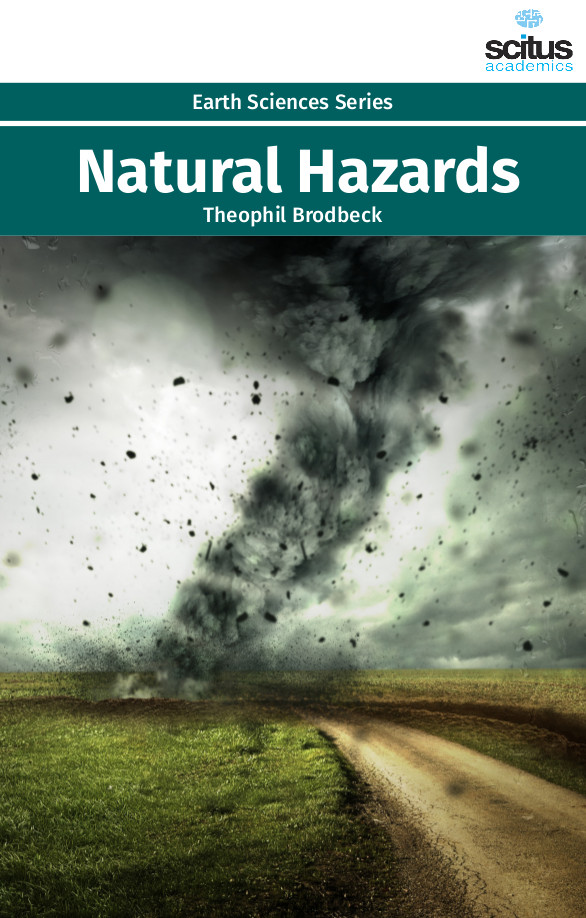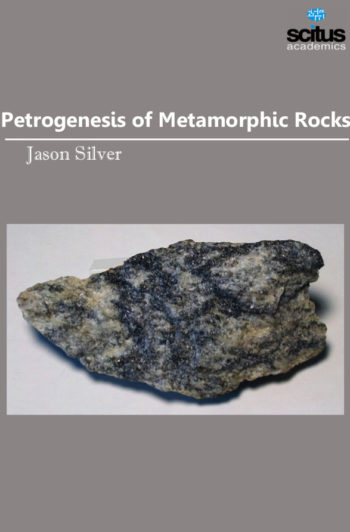A natural hazard is an extreme event that occurs naturally and causes harm to humans – or to other things that we care about, though usually the focus is on humans. Natural disasters happen all over the world and they can be utterly devastating for people’s lives and the environments in which they live. Although natural disasters are caused by nature and there is nothing that we can do to prevent them happening, there are many different natural causes that lead to natural disasters, and being aware of these causes enables us to be better prepared when such disasters do arrive. Because hazards are threats of harm mainly to human systems, human activities play a large role in how severe a hazard is. For example, when large numbers of people crowd into floodplains and low-lying areas, they are putting themselves in harm’s way, increasing the severity of potential floods. Earthquakes are another common natural disaster that can cause many fatalities. The movements of the plates in the earth’s crust cause them. Tsunamis can also be caused by underwater volcanic eruptions. Volcanic eruptions are another natural disaster, and they are caused by magma escaping from inside the earth. Although hazards can originate in different sources and systems, such as atmospheric, hydrologic, oceanographic, volcanologic, seismic, neotectonic, the environmental impacts are equally catastrophic. The current phases of physical exposure of human beings and economic assets have been comparatively designed by historical patterns of settlements. Beneficial climatic and soil conditions that have spurred economic activities are in many cases also associated to hazard-prone landscapes. Both volcanic slopes and flood plains areas have historically attracted human habitation. Where settlement patterns have contributed to configure risk scenarios, new forces, such as population growth and increased rural/urban migration, act as dynamic pressures contributing to changing patterns in increasing people’s exposure to hazards.
This volume‘ Natural Hazards’ addresses the needs of various users, interested in a better understanding of hazards and their more efficient management. It deals with approaches to managing disaster – assessing hazards, emergencies and disaster impacts demonstrates the array of information that is critical for improving disaster management. The book reflects major management components of the disaster continuum (the nature of risk, hazard, vulnerability, planning, response and adaptation) in the context of threats that derive from nature. It covers updated information on a variety of natural hazards potentially deriving into disasters, i.e. tropical storms, avalanches, coastal floods. Hopefully, the book will be valuable to those who invest their efforts in building communities robust to natural disasters.













